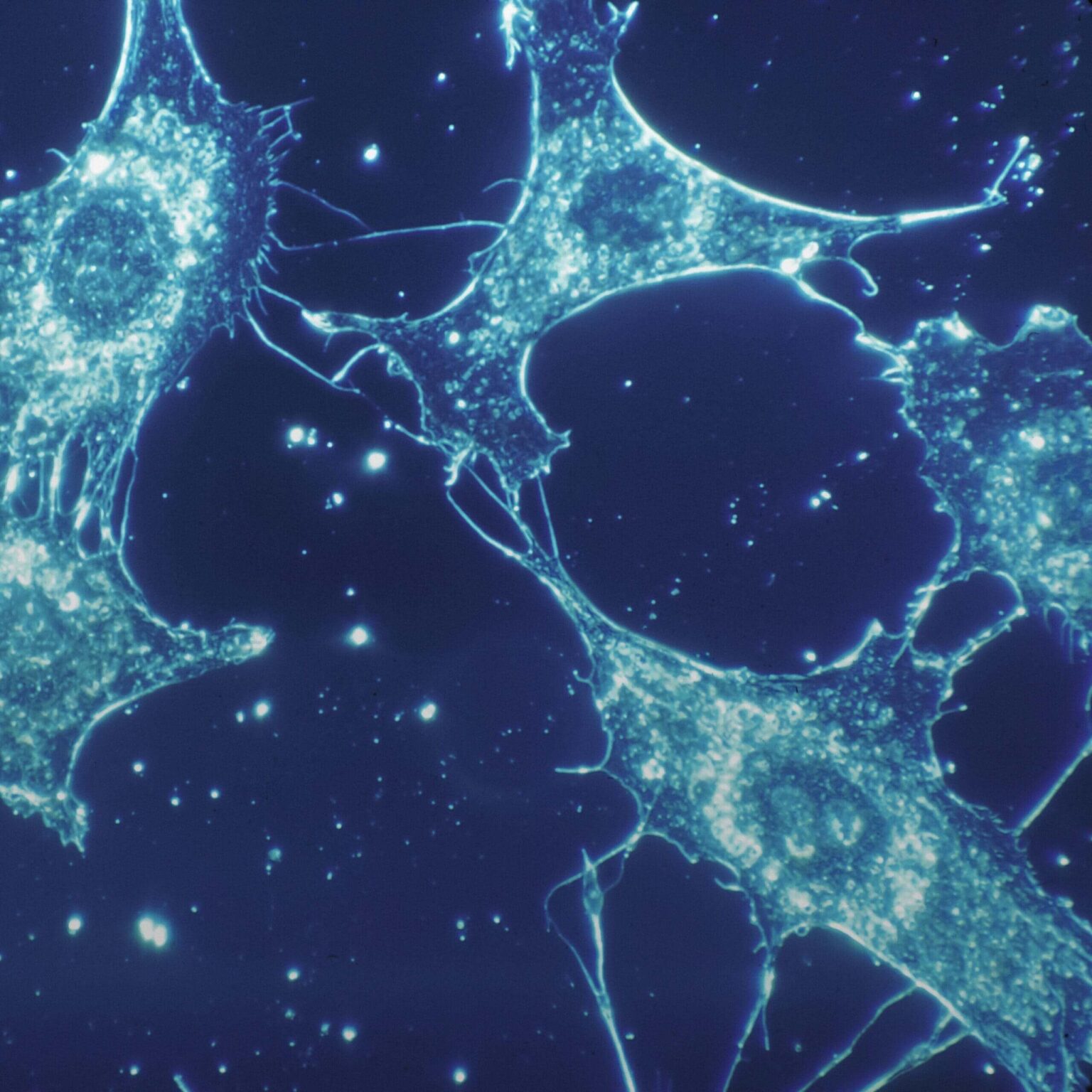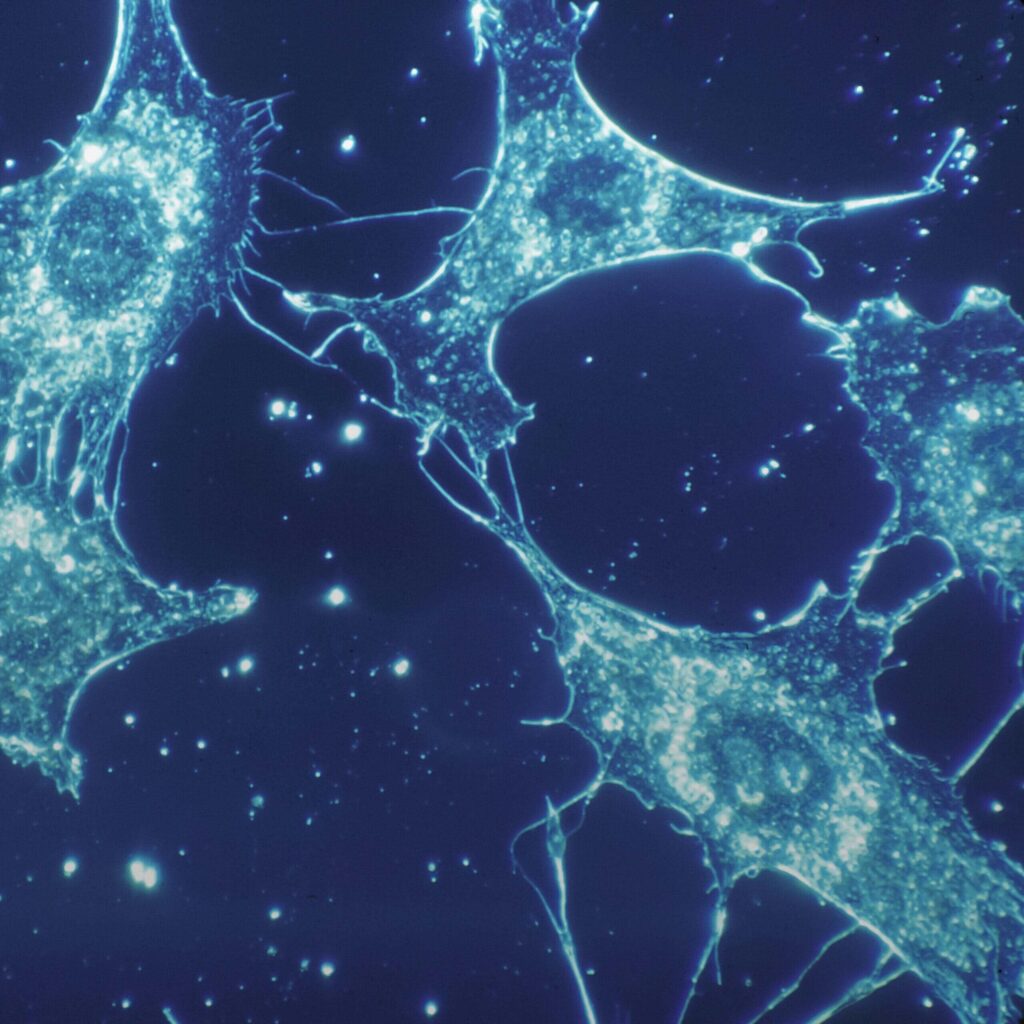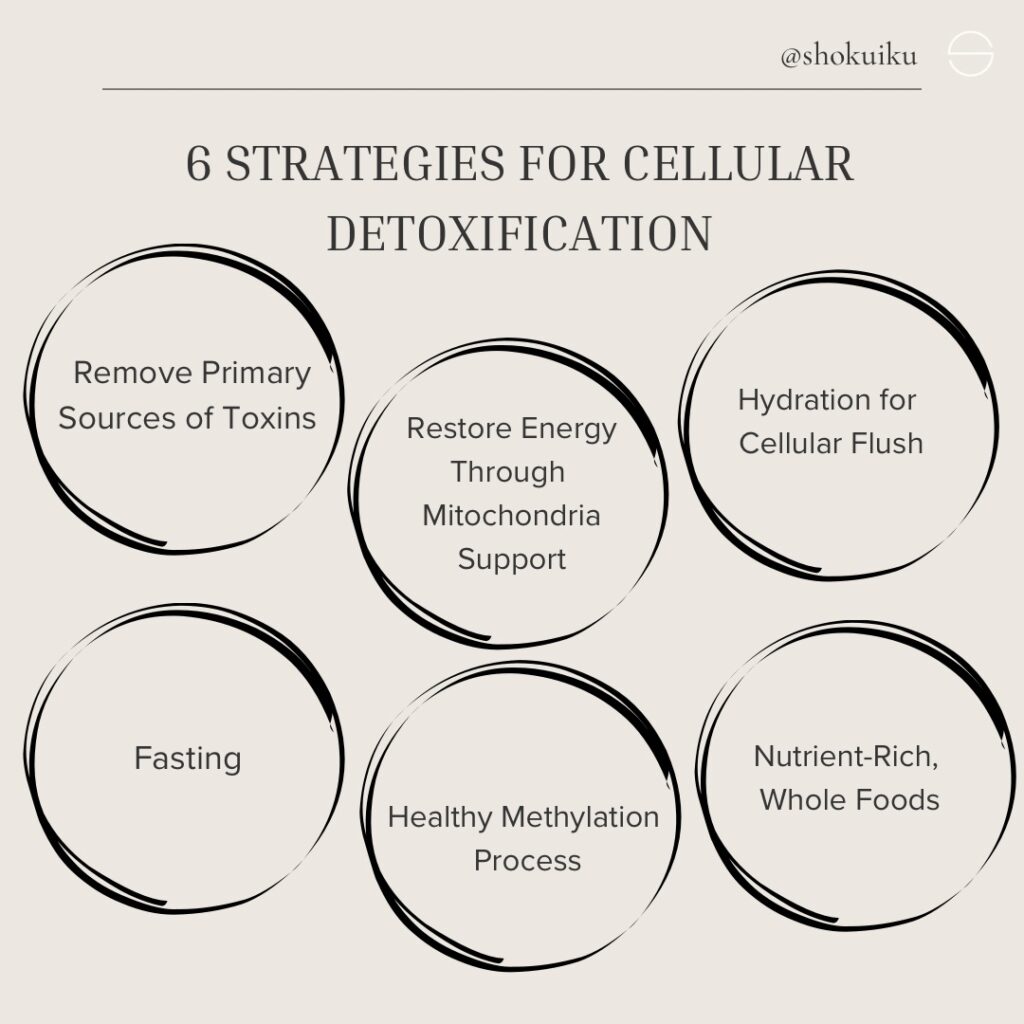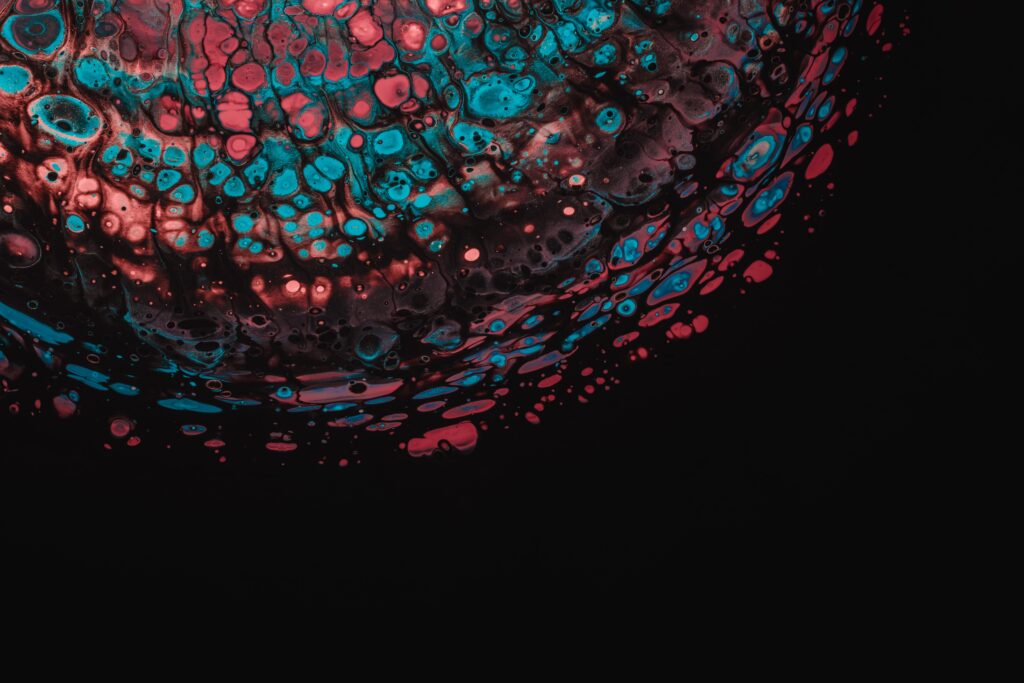

The Art of Mushroom Sourcing: Why Wood-Grown Medicinal Mushrooms Are Superior
In the realm of holistic wellness, the quality and sourcing

Kick-start, energise, rejuvenate
All carefully planned and prepared to help nourish, reset and rejuvenate the body and mind.

Discover the transformative power of cellular detox! In this blog, we explore the essentials of cleansing your body at the cellular level, helping you feel revitalized, energized, and healthier than ever. Learn practical tips and effective strategies to support your body’s natural detox processes for a vibrant, toxin-free life.
In our daily lives, we are surrounded by things that can harm our bodies without us even knowing it. From the food we eat to the products we use, toxins and pollutants are all around us. This is where the importance of cellular detox comes in—it’s like a reset button for our cells, helping us get rid of these harmful substances [1]. Let’s break it down and understand why focusing on cellular detox is crucial in today’s world.

Our bodies are like machines, and just like machines need maintenance, our cells need some care too. Cellular detox is like giving our cells a fresh start.
The emphasis on cellular detoxification emerges as a strategic response to safeguard our health. Engaging in targeted practices to cleanse our cells becomes not just a choice but a necessity in the face of an environment laden with pollutants [4].
Cellular detoxification serves as a proactive measure, aiming to eliminate accumulated toxins at the root level of our physiological processes. By adopting this approach, we empower our bodies to counteract the negative effects of these pollutants, fostering resilience and vitality in the face of modern-day challenges.

The process of cellular detoxification aims to eradicate harmful toxins at the cellular level, rendering it more comprehensive than conventional detox methods. At the cellular level, toxins like heavy metals tend to accumulate, causing mitochondrial membranes within cells to produce a deficit in Adenosine 5’-triphosphate (ATP), the body’s primary energy source.
Many individuals might be unfamiliar with ATP. Astonishingly, the human body generates, utilises, and replenishes around 80 pounds of ATP every single day! [5], [6]
These 80 pounds of energy serve as the driving force for 37 trillion cells, constituting your life force.
As the energy currency of cells, ATP stores and transfers energy. However, the creation of waste products like free radicals during this energy production process leads to oxidative damage and cellular breakdown. This intricate balance between creation and destruction underscores the significance of cellular detoxification.
Our bodily systems must skillfully balance the roles of both creation and destruction. The indispensable process of energy production inevitably triggers the necessity for cellular cleanup. The pivotal insight from this intricate interplay? Our mitochondria, also known as the cell’s engines, become burdened by toxins, impeding their functionality. This slowdown can lead to conditions like chronic fatigue syndrome and an array of health challenges such as brain fog, depression, and digestive issues.
Unlike superficial detox methods involving juicing, clean eating, and exercise, cellular detoxification reaches beyond these surface-level approaches. While it encompasses nutritious eating, cellular detox relies on herbs and supplements to penetrate deeper into cleansing, initiating the process at a cellular level.
Before you begin any cellular detox program, get to know the basics [7], [8], [9].
Start your cellular detox journey by identifying and minimising exposure to primary sources of toxins. This may include avoiding processed foods with artificial additives, reducing exposure to environmental pollutants, and choosing organic products whenever possible. Consider assessing your home for potential toxins, such as household cleaners and personal care products, and opt for natural alternatives.
Water is a natural detoxifier, helping to flush out toxins from cells and support various bodily functions. Aim to drink at least eight glasses of water daily to promote hydration. Consider adding a slice of lemon for an extra boost of antioxidants and liver support. Herbal teas, especially those with dandelion or ginger, can also aid in the detoxification process.
Fueling your body with nutrient-dense, whole foods is a cornerstone of cellular detoxification. Incorporate a rainbow of fruits and vegetables into your diet, focusing on those rich in antioxidants and fibre. Cruciferous vegetables, berries, and leafy greens, for example, support the body’s natural detox pathways. Minimize processed foods, sugars, and artificial additives that contribute to cellular stress.
Intermittent fasting has gained popularity for its potential to kickstart cellular repair processes. By cycling between periods of eating and fasting, you allow your body to focus on repair and detoxification. This approach may enhance autophagy, a cellular cleaning process that removes damaged components. Start with a gradual approach, such as a 12-hour overnight fast, and progressively extend fasting periods based on your comfort and health goals.
Mitochondria, often referred to as the powerhouse of cells, play a crucial role in energy production. Support your cellular health by incorporating activities that enhance mitochondrial function. Regular exercise, particularly aerobic and high-intensity interval training, is known to stimulate mitochondrial biogenesis. Additionally, consider supplements like Coenzyme Q10 (CoQ10) and L-carnitine, which support mitochondrial health and energy production.
Ensuring a healthy methylation process is vital for efficient detoxification. Methylation is a biochemical process that plays a role in various cellular functions, including the elimination of toxins. Include foods rich in methyl donors, such as leafy greens, beets, and legumes, in your diet. Consider consulting with a healthcare professional to assess your methylation status and explore supplements like B vitamins, folate, and trimethylglycine (TMG) if needed.

Prep Phase: Targeting Detox Pathways
Body Phase: Removing Toxins at the Cellular Level
Brain Phase: Weeding Out Neurotoxins
These steps should be guided by a health professional unless you have prior experience.
This is where autophagy comes in…

Imagine ATP as the savings account of your body; in this analogy, autophagy serves as its thorough spring cleaning.
I have written extensively about what autophagy is (Here) but in the process of autophagy, outdated cells are swapped out for fresh ones, rejuvenating your cellular landscape. This not only involves the replacement of “damaged” cells with healthier counterparts but also contributes to slowing down the ageing process, enhancing brain health, and optimising cellular functioning throughout your body [10], [11].
There are many things you can do yourself safely to trigger autophagy.
Our main focus on our Advanced Reset is this autophagy process and cellular detox. This is deeper than other cleanse programs such as juice cleanse even though they have health benefits. (Read More Here)
BOOK YOUR RESET TODAY






In the realm of holistic wellness, the quality and sourcing


The Blue Lotus, scientifically known as Nymphaea caerulea, has captivated


Cordyceps, a revered fungus in Traditional Chinese Medicine (TCM), has
Copyright Shoku Iku © 2024 | All Rights Reserved.
The statements on this website have not been evaluated by the TGA or FDA. These products are not intended to diagnose, treat, cure or prevent any disease.